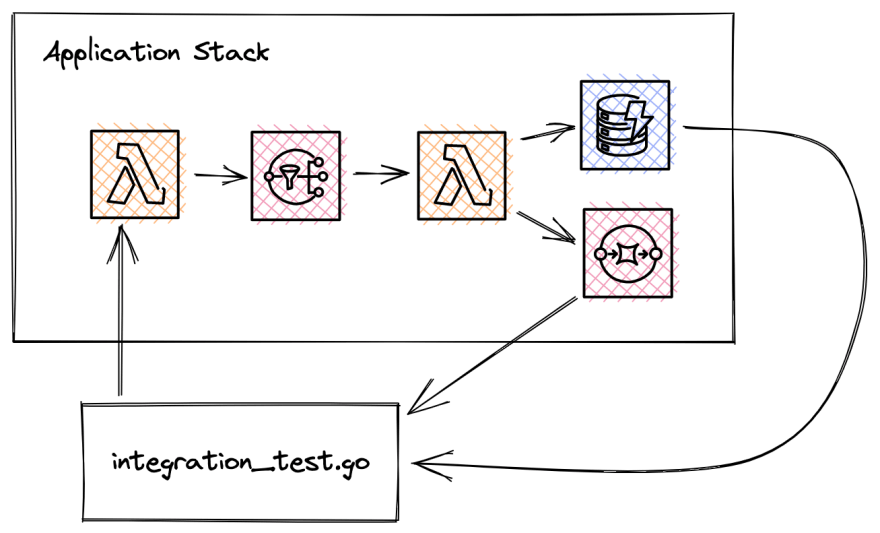

- #LOCAL DYNAMODB FLAKY TESTS HOW TO#
- #LOCAL DYNAMODB FLAKY TESTS REGISTRATION#
- #LOCAL DYNAMODB FLAKY TESTS CODE#
To use :dynamodb, be sure to add gem 'aws-sdk-dynamodb', '~> 1', group: :test to your Gemfile. Quarantine comes with built-in support for the following database types: quarantine_release_at_consecutive_passes: Releasing a test from quarantine after it records enough consecutive passes ( nil to disable this feature), default: nil.quarantine_failsafe_limit: A failsafe limit of quarantined tests in a single run, default: 10.quarantine_extra_attributes: Storing custom per-example attributes in the table, default: nil.quarantine_logging: Outputting quarantined gem info, default: true.quarantine_record_tests: Recording test statuses, default: true.This can be done by configuring a CloudWatch Dashboard. skip_quarantined_tests: Skipping quarantined tests during test runs default: true Besides the default DynamoDB metrics, its nice to have other metrics / dashboards more specific to what were testing.test_statusus_table: Table name for test statuses, default: "test_statuses".

quarantine_database: Database configuration (see below), default: Because we have local dynamodb running for this unit test (note that it must be started by some script before your unit tests), we can skip all mocking of the.Since this stubbed mail client is automatically used in the test profile, we can inject an instance of io. in our test and use it in the assertions section. Since it’s stubbed, you can query it for getting the total number of messages sent, getting all messages sent by a user, or wiping them out.
#LOCAL DYNAMODB FLAKY TESTS CODE#
One of the approaches that might come to mind is to use Mockito as we’ve seen in the previous article, and it’s a fair point, but Quarkus offers a stubbed mail client which is injected automatically in your code basis in dev and test profiles. Now, we need to write a test for this class. String.format("New Password %s.", user.password)) Mail.withText(user.email, "Your New Password", The logic to implement this use case uses the quarkus-mailer extension and it’s implemented in a CDI bean: import io. Suppose every time a new user is registered, the application should send an email to the user with the auto-generated password. Let’s add a new requirement when a new user is registered.
#LOCAL DYNAMODB FLAKY TESTS REGISTRATION#
Although service virtualization is commonly associated with REST API-based services, the same concept can be applied to any other kind of dependencies such as databases, ESBs, and JMS.Īs a reminder, the application is a simple user registration service developed in Quarkus, and it’s composed of the following classes:

#LOCAL DYNAMODB FLAKY TESTS HOW TO#
In this article, we will learn how to write clean integration tests for Quarkus applications.Although many testing techniques remain the same, Quarkus provides supporting technologies to ease test set up and execution. Quarkus is a full-stack, Kubernetes-native Java framework made for Java virtual machines (JVMs) and native compilation.


 0 kommentar(er)
0 kommentar(er)
